Improvements in Technology means that we are soon able to detect habitable planets in the solar system nearest to us.
Could the star system closest to us host a habitable super-Earth?
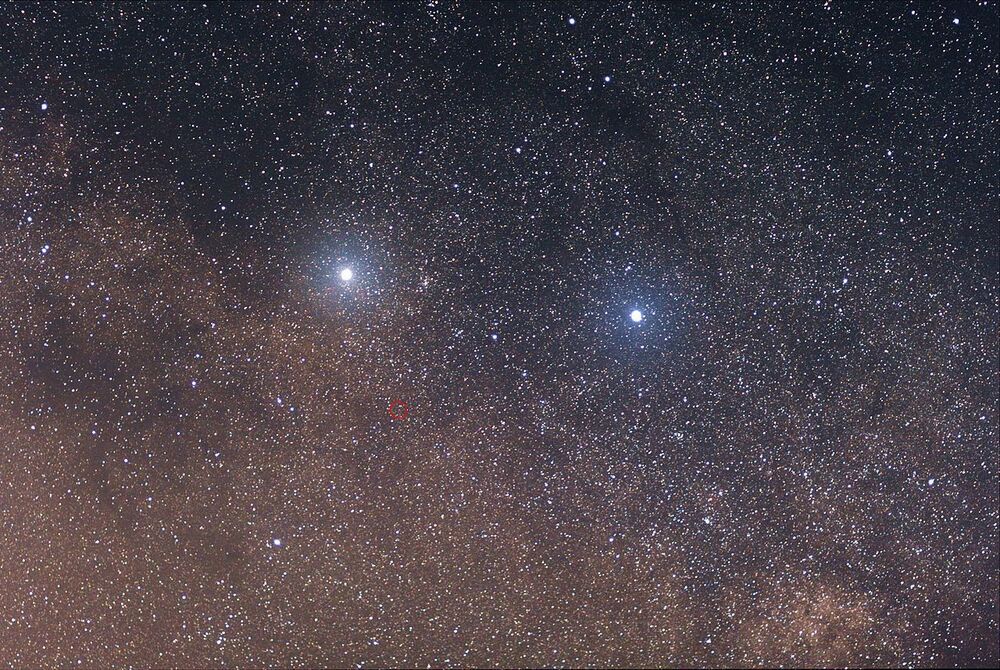
NASA’s Perseverance Mars rover will attempt to record video and audio as it plunges through the planet’s atmosphere at 12000 mph.
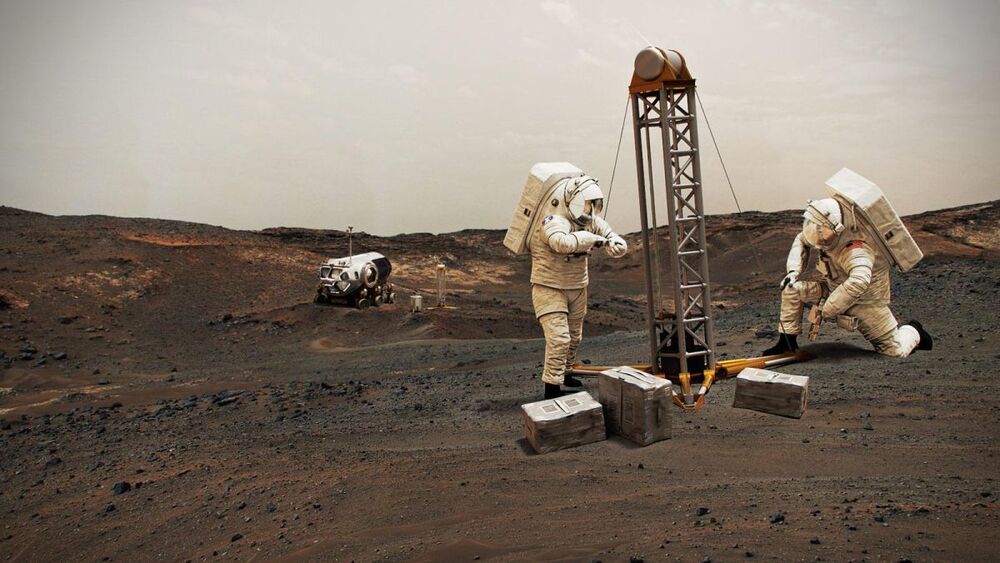

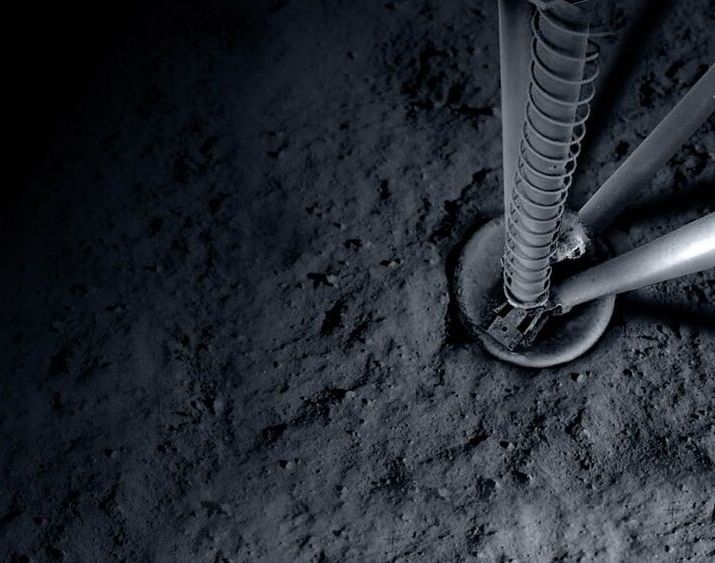
Lunar traffic to pick up as NASA readies for robotic commercial moon deliveries.
NASA is working on various science instruments and technology experiments from the agency that will operate on the Moon once American companies on Commercial Lunar Payload Services (CLPS) contracts deliver them to the lunar surface. Through CLPS flights, NASA is buying a complete commercial robotic lunar delivery service and does not provide launch services, own the lander or lead landing operations.
The agency has already purchased space on five upcoming commercial Moon missions and is expected to announce yet another task order award soon. The upcoming award keeps the agency on track for its goal of two CLPS deliveries per year as part of the Artemis program and will round out two deliveries per year 2021 through 2023.
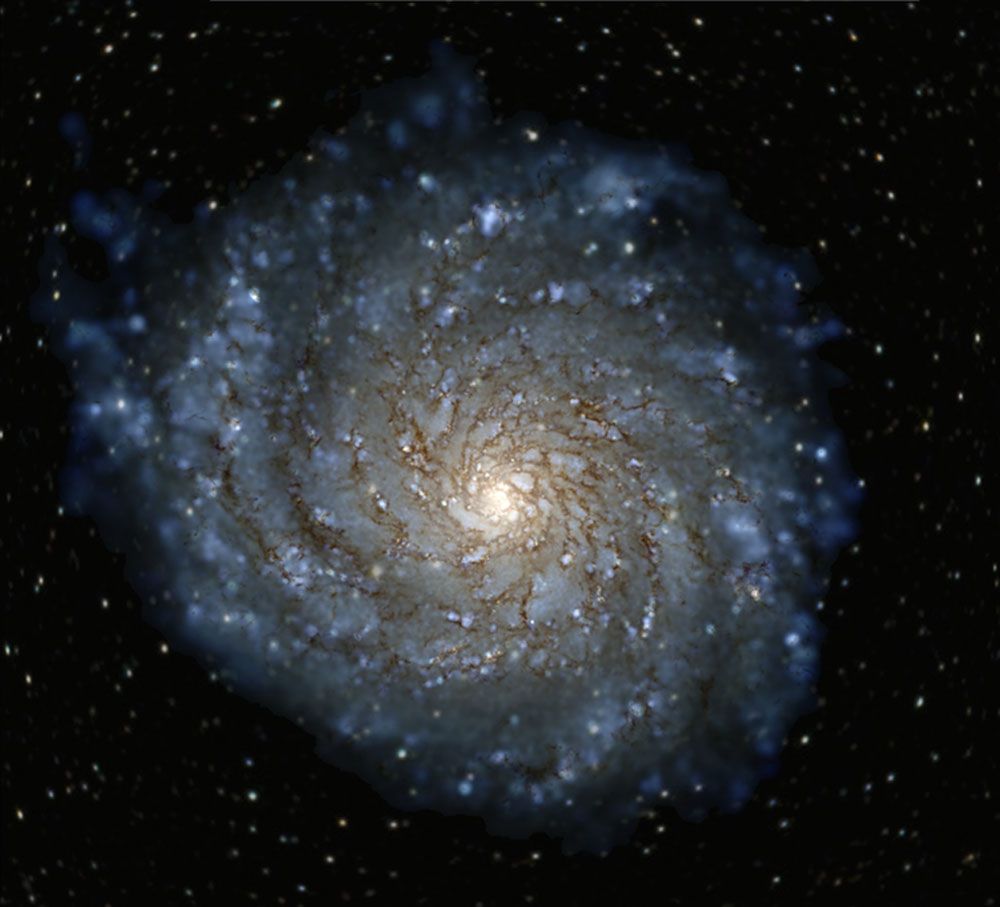

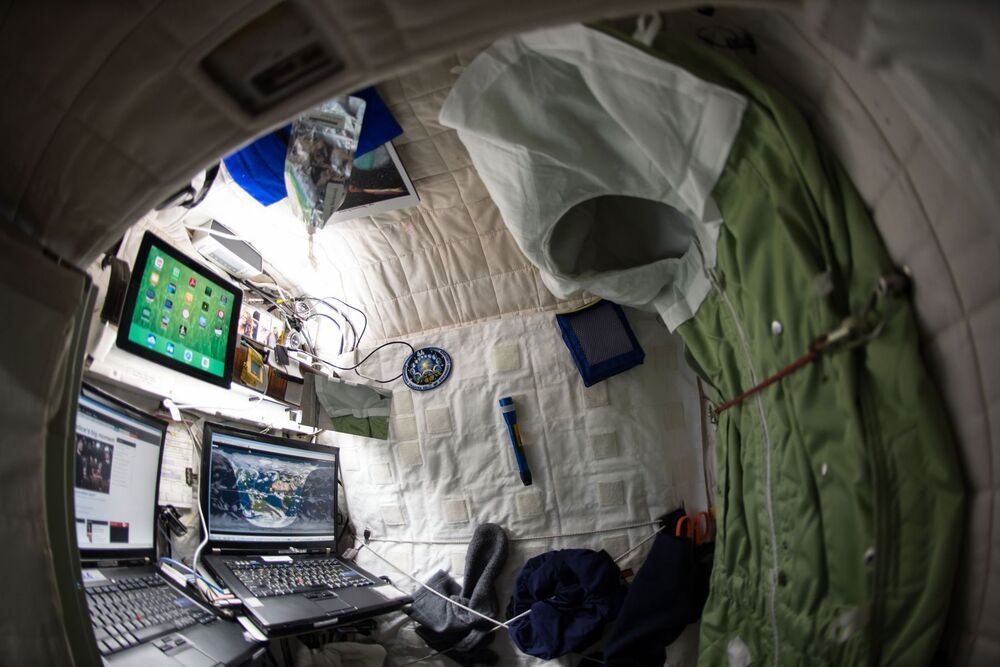
Using the pressure of the sun’s rays to propel spacecraft, solar sails will allow future unmanned missions to be longer and cheaper while reaching the outer solar system—and possibly beyond.
#Moonshot #Space #BloombergQuicktake.
——-
Like this video? Subscribe: https://www.youtube.com/Bloomberg?sub_confirmation=1
QuickTake Originals is Bloomberg’s official premium video channel. We bring you insights and analysis from business, science, and technology experts who are shaping our future. We’re home to Hello World, Giant Leap, Storylines, and the series powering CityLab, Bloomberg Businessweek, Bloomberg Green, and much more.
Subscribe for business news, but not as you’ve known it: exclusive interviews, fascinating profiles, data-driven analysis, and the latest in tech innovation from around the world.
Visit our partner channel QuickTake News for breaking global news and insight in an instant.
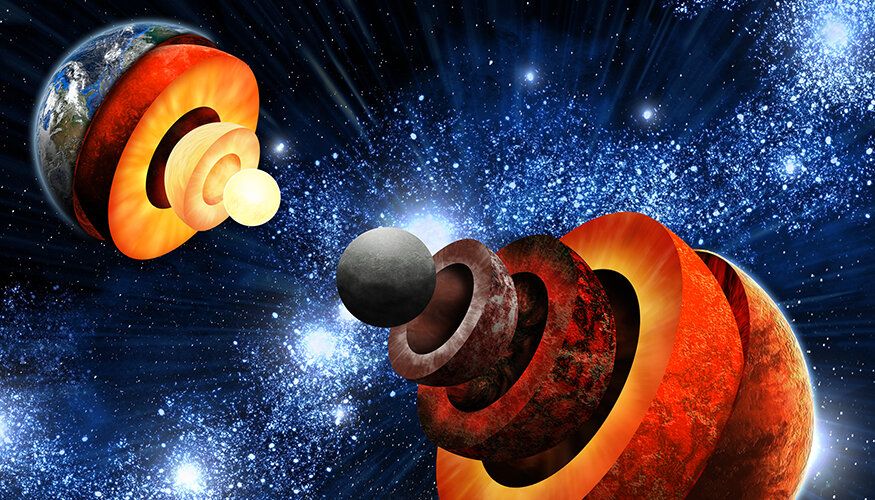
Advances in astronomical observations have resulted in the discovery of an extraordinary number of extrasolar planets, some of which are believed to have a rocky composition similar to Earth. Learning more about their interior structure could provide important clues about their potential habitability.
Led by Lawrence Livermore National Laboratory (LLNL), a team of researchers aims to unlock some of these secrets by understanding the properties of iron oxide —one of the constituents of Earth’s mantle—at the extreme pressures and temperatures that are likely found in the interiors of these large rocky extrasolar planets. The results of their experiments were published today in Nature Geoscience.
“Because of the limited amount of data available, the majority of interior structure models for rocky exoplanets assume a scaled-up version of the Earth, consisting of an iron core, surrounded by a mantle dominated by silicates and oxides. However, this approach largely neglects the different properties the constituent materials may have at pressures exceeding those existing inside the Earth,” said Federica Coppari, LLNL physicist and lead author on the study. “With the ever-increasing number of confirmed exoplanets, including those believed to be rocky in nature, it is critical to gain a better understanding of how their planetary building blocks behave deep inside such bodies.”